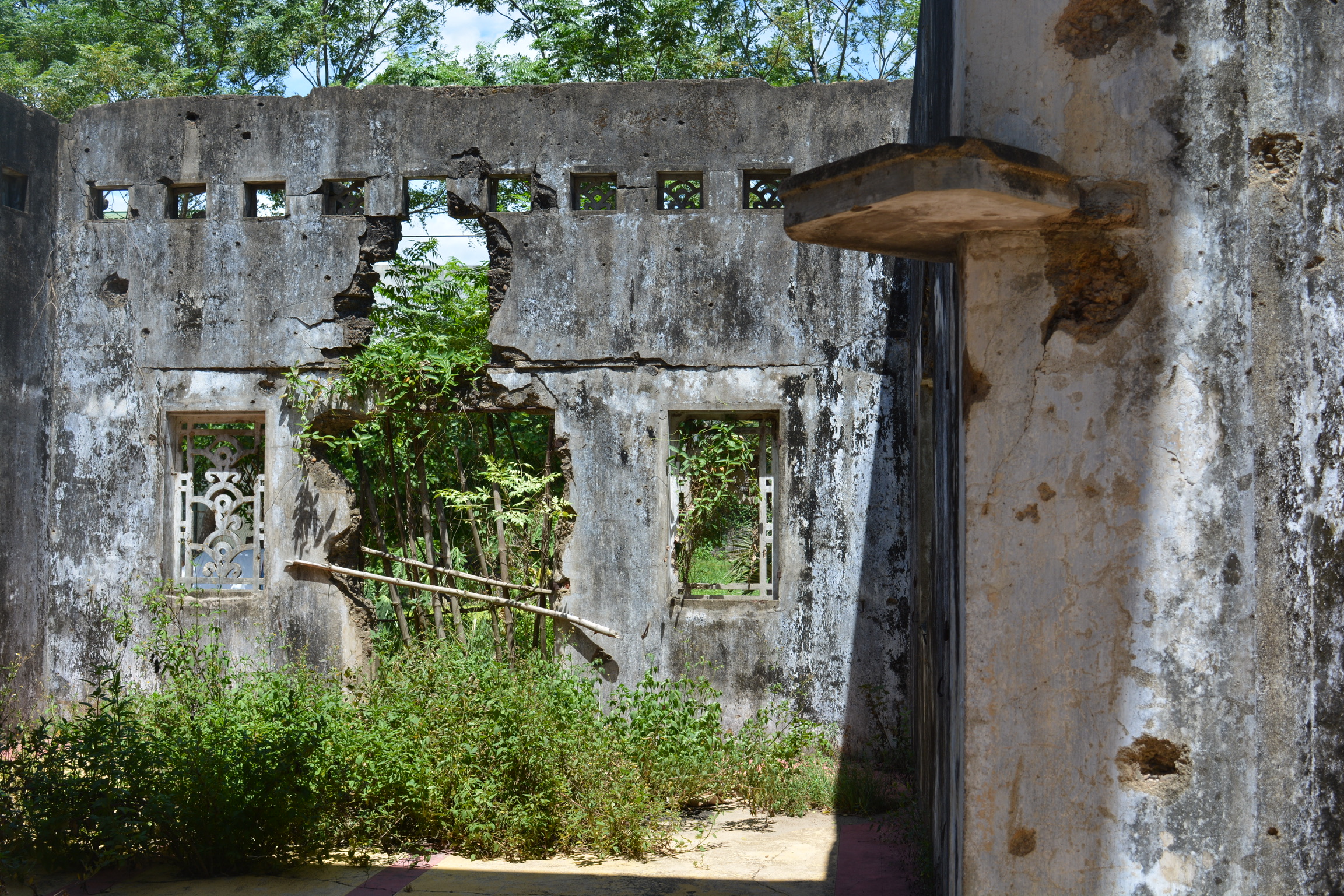Image by Jake Williams
Words by Sasha Nugara
Travelling should not just be about a tan or memories, it should also be integral to your educational journey, as you learn about the world’s history and culture. Everyone loves a beach holiday, lazing about in the sun, grabbing a beer or cocktail from the bar, but it’s important to register where you’re holidaying and recognise its rich, diverse heritage and lifestyle, whilst you reap its benefits. It’s easy to fall into the bias of educational travel as something you did on a school trip as you reminisce back on that wet and soggy trip to Ypres or the Berlin war memorial. Although, the vital thing to remember is that educational travel isn’t just about those traditional locations, but also about the culturally diverse corners of South America, Asia, Africa and Europe. There is more to learn from the societal developments across the world than anyone could comprehend or realise, whether it’s learning about an ancient tribe or a large array of incomprehensible animals. These lessons are vital to allow ourselves to grow and widen our knowledge of the world. However, it is of course still very important to take a trip to more educational sites such as Auschwitz or Chernobyl, as they have the power to stir up an emotional response and realisation that is impossible to achieve when learning about the events in a classroom or detached environment.
Visiting Ypres was one of my most memorable high school trips that we undertook when learning about the First World War. Referred to as “Wipers” by British troops, it was home to several battles between British, Canadian, French and German soldiers, including the well-known Battle of Passchendaele. Walking amongst the trenches and bomb craters provided a much more rich and full education of the First World War as it allowed me and my fellow classmates to truly appreciate the gravity of the situation as we came to terms with its reality. The Tyne Cot Commonwealth War Graves Cemetery and Memorial to the Missing offered an insight into the numerical value of lives lost. I believe that the sea of uniform white graves provided the best and most pertinent history lesson of the magnitude of the World War.
Pripyat, a city associated with the worst nuclear disaster in history, is rapidly becoming a top tourist destination. Located in northern Ukraine, it was home to the Chernobyl disaster, caused by a nuclear accident in 1986 and resulting in an exclusion zone of around 2,600 km2. There are many reasons why you should visit Chernobyl and its educational benefits range from learning about the risks of nuclear power to experiencing a culture that no longer exists. You can walk through a town frozen in time from the Soviet era, witnessing the architecture and getting a sense of the lifestyle that was led in these forgotten times. It is deemed safe to visit despite the historical radiation and you can pay $100 – $500 for guided tours which give you a historical and informative insight. If you’re into dark and educational tourism, this is definitely one for you.
On a more cultural context, the Inca trail to Machu Picchu can teach a traveller a lot about the 15th century Inca civilisation. The citadel is located in Southern Peru and remained unknown to modern society until 1911, when discovered by Hiram Bingham. The Inca trail normally takes about four or five days to complete and a tour guide will be able to educate you on the history of the Incas and their lifestyle and architecture. It’s important to visit sites such as these in order to preserve the history and learn about the grounds in which the modern day is based. Similar to the Ancient Egyptians and their Great Pyramids, Machu Picchu depicts the excellence of those that came before us and all that was achieved in their respective civilisations.
Conversely, places such as the Galapagos Islands allow an education on flora and fauna that is completely unique. Distributed on either side of the equator in the Pacific Ocean, the islands are known for their tortoises, iguanas, lizards, penguins and their 56 species of bird. The wildlife here was made famous by Darwin and his theories of evolution. When visiting you can learn about his theories whilst experiencing the environment in which they were born. Not only is the Galapagos incredible for learning about nature and evolution, the islands are filled with geological features, such as volcanoes, which offers a whole new educational aspect. The limited population of the islands means that the vast majority of the natural elements remain untouched, resulting in the Galapagos being the perfect place to educate yourself on nature and Darwinism.
Whilst all these locations and holiday destinations offer educational benefits in a multitude of areas, you can also weave a lot of fun into your trips. Of course, both the Galapagos and Peru’s Machu Picchu can offer sea and sun, whilst Belgium and Eastern Europe are filled with vibrant cities and nightlife. You can drink and party to your hearts content just about anywhere on the planet, but it’s important to brush up on their unique and individual cultural backgrounds, to get a well-rounded and full experience!



